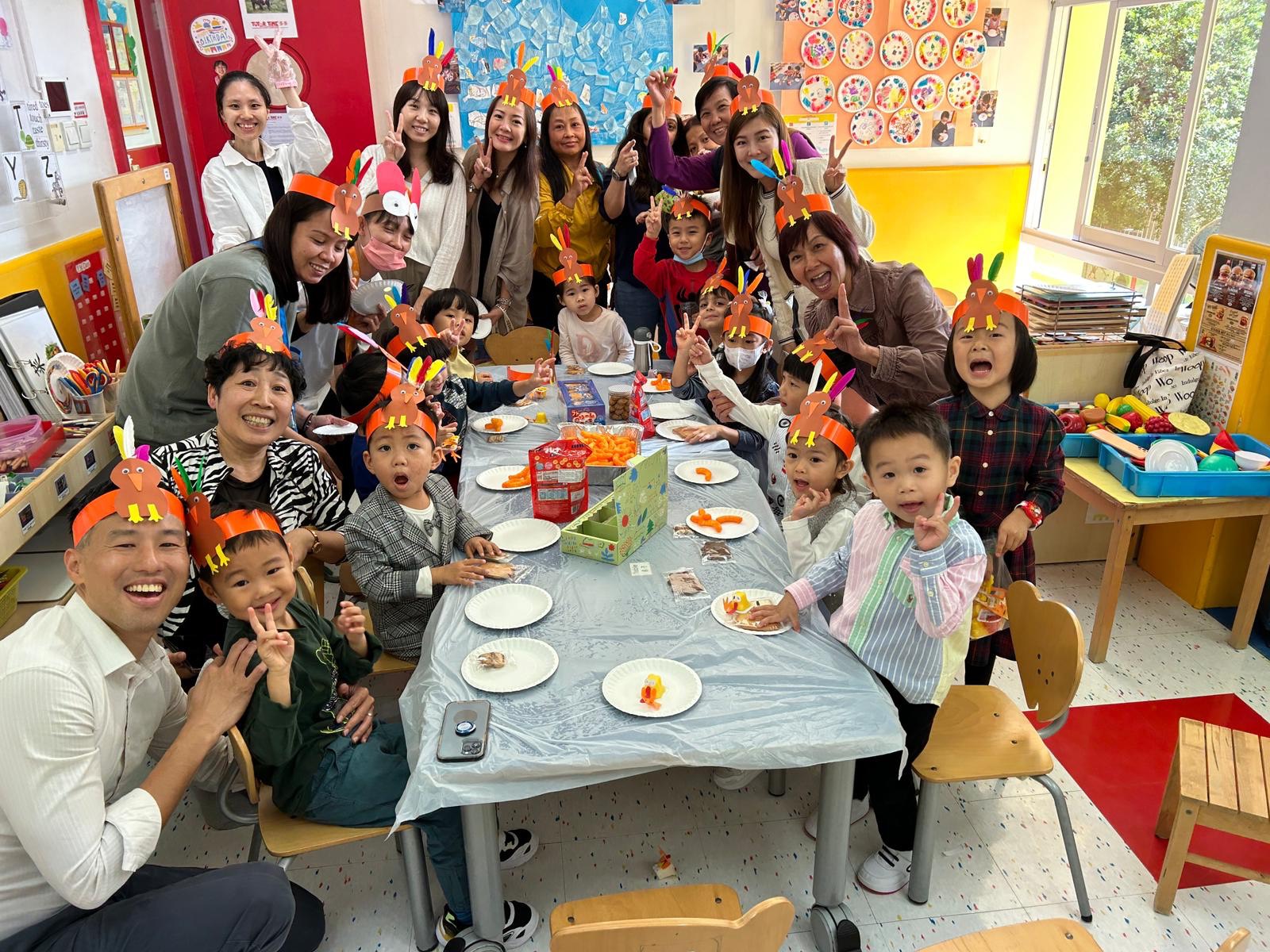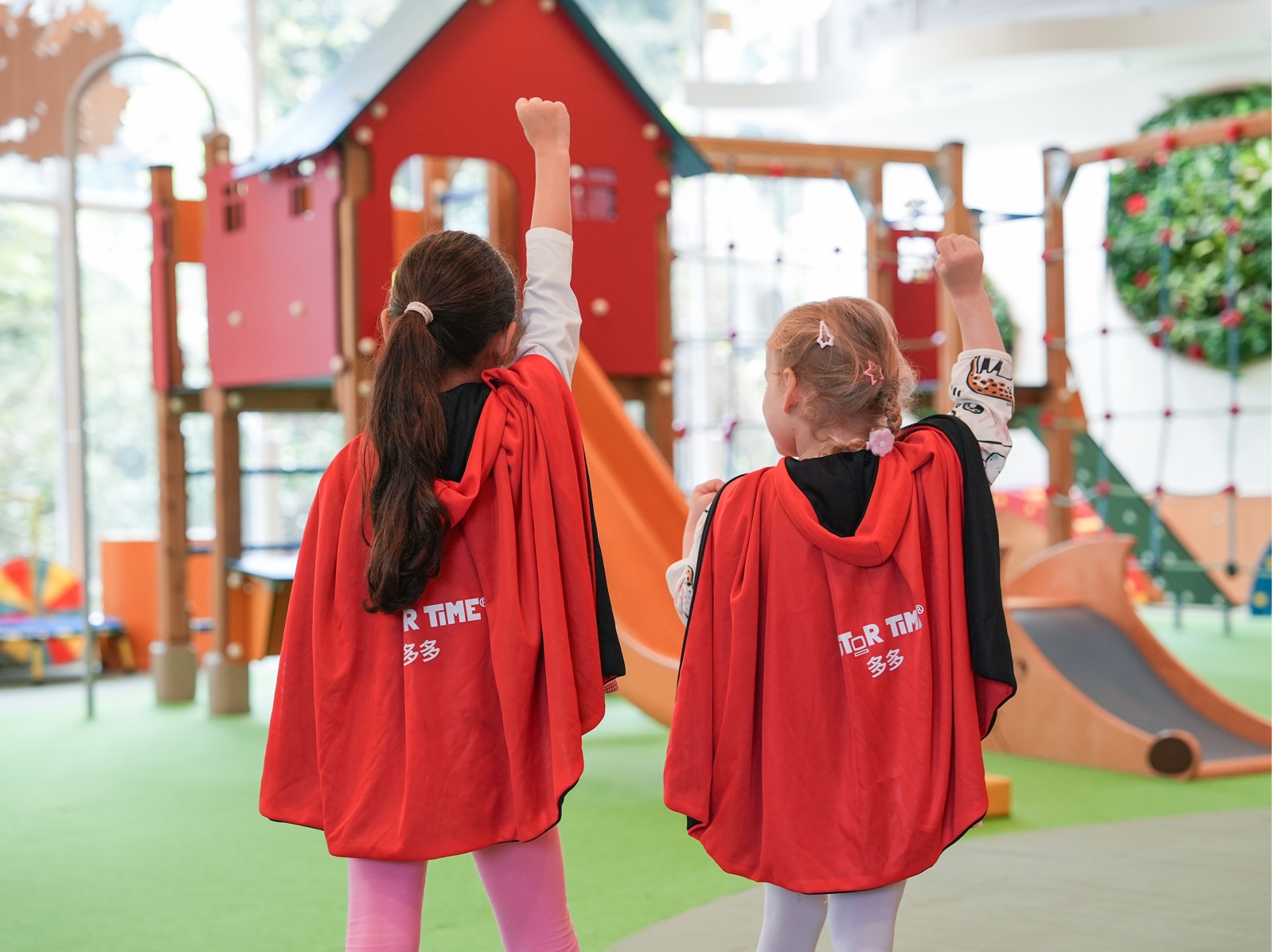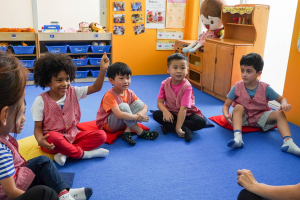Current Events
Tutor Time arranges frequent events for parents to learn more about early childhood development and get more involved in their children’s education. Some events are reserved for Tutor Time families only. Remember to check the signup form for more details!
A leader in Hong Kong Preschool Education
Your path, Our priority
Established in 2001 in Hong Kong, Tutor Time is an international preschool serving children ages 3 months to 6 years old. We were the first preschool in Hong Kong to implement a fully immersive English and Mandarin curriculum, and we didn’t just stop there.
In 2024, we launched our Tailored Educational Pathways Program. In today’s world, a one-size-fits-all approach to education is no longer optimal. We spend time with each family to figure out what their goals are for their child’s education, what path they want their child to embark on, and how to reach their goals.
Our personalized approach to education is a reflection of our commitment to your child and your unique path.
Our Advantages
We pride ourselves on our attention to detail and commitment to excellence, which we believe is reflected in our programs, curriculum, facilities, services, and consecutive years of winning the Center of Excellence Award.
Full-immersion English and Mandarin
50% English and 50% Mandarin ensures that our students can speak with accuracy and fluency in both languages.
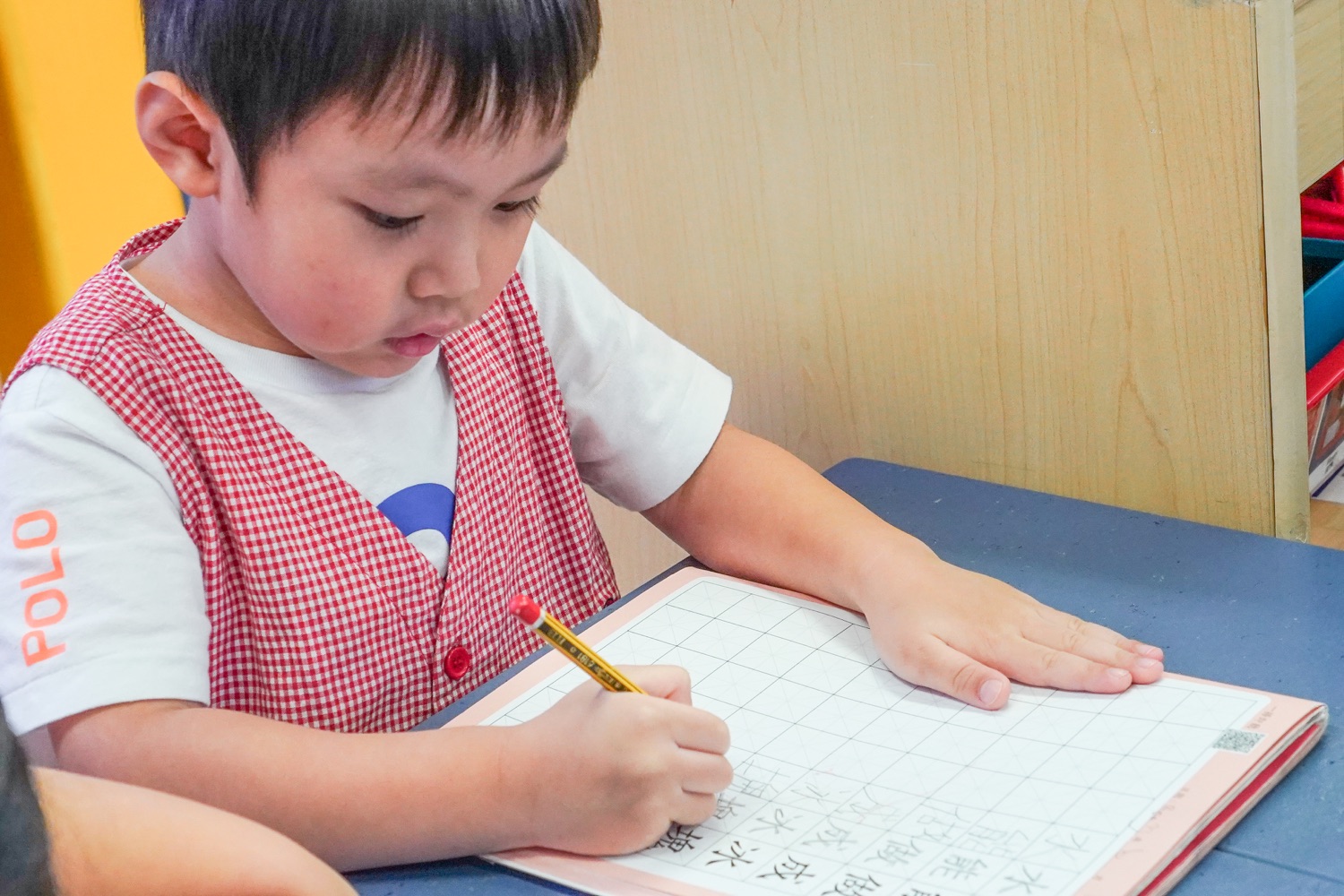
Collaborative goal-setting & tailored curriculum
Teachers work closely with our Kindergarten parents to set goals for their children’s future education, allowing them to build tailored lesson plans and follow each student’s unique learning style.
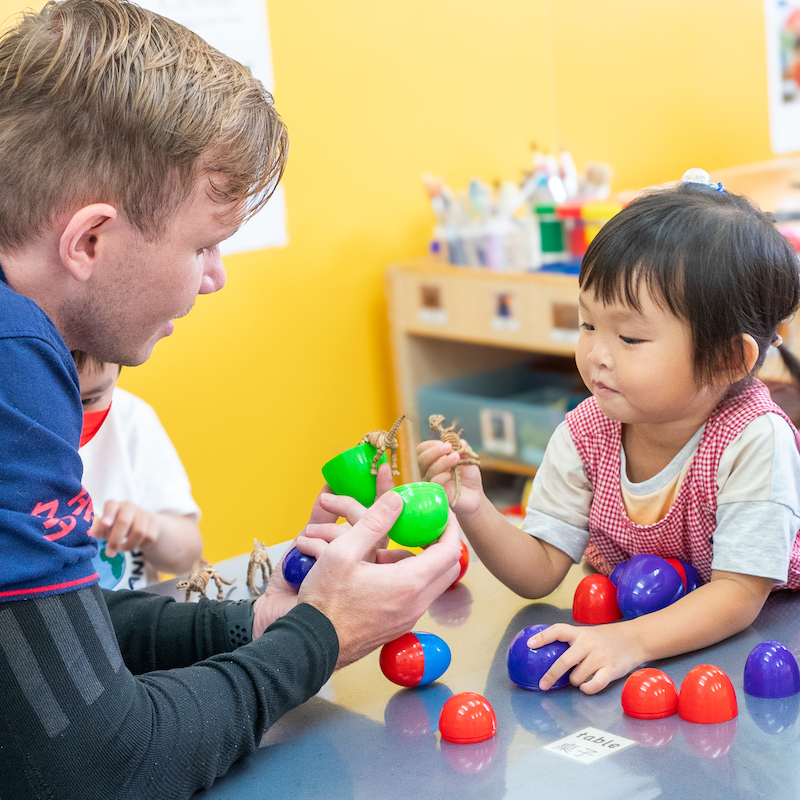
Primary one admissions consulting
Kindergarten families have access to monthly 1-on-1 admissions consulting with our experts, where we guide you through the admissions process and expectations of your target schools.
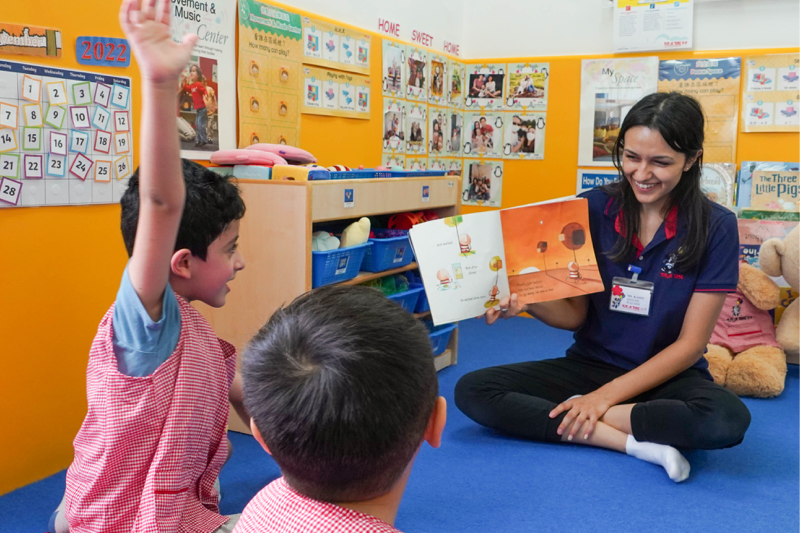
Purpose-built, child-safe facilities
Every campus is located on 2/F or lower to adhere to fire-safety standards, has powerful indoor fresh-air ventilation systems, and features age-apppriate classrooms, play areas, and bathrooms that children can use independently.

Remote livestream for parents
We believe in full transparency between us and our families. Tutor Time is the only preschool in Hong Kong with Kideowatch™ Livestream features, allowing parents to remotely view their children’s classes, anytime, anwhere.
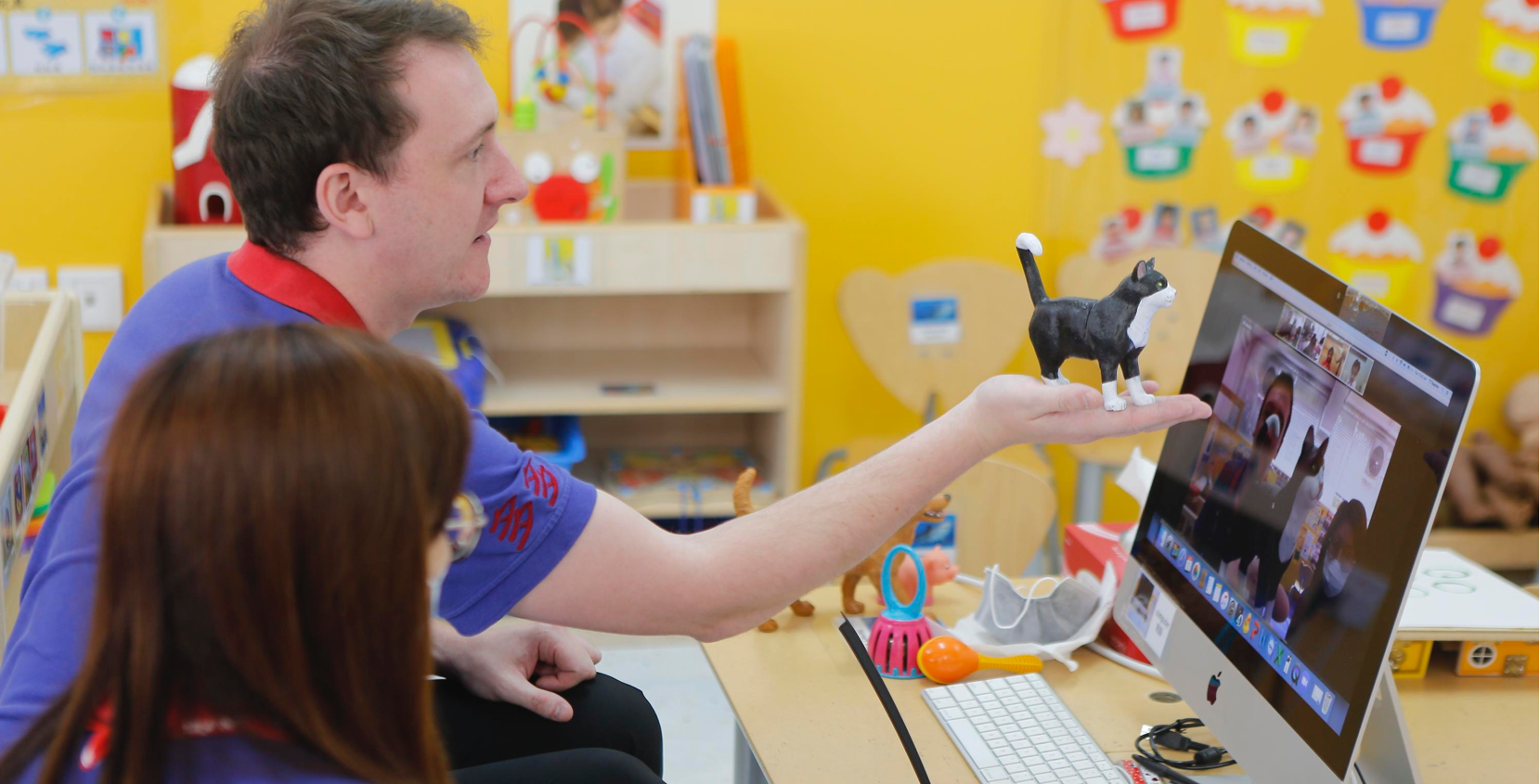
Social and emotional learning (SEL) programs
Tutor Time utilizes complete SEL programs such as the Emomo Program from Learning Time, Second Step, and Positive Behavior Management to develop our student’s EQ alongside their IQ.
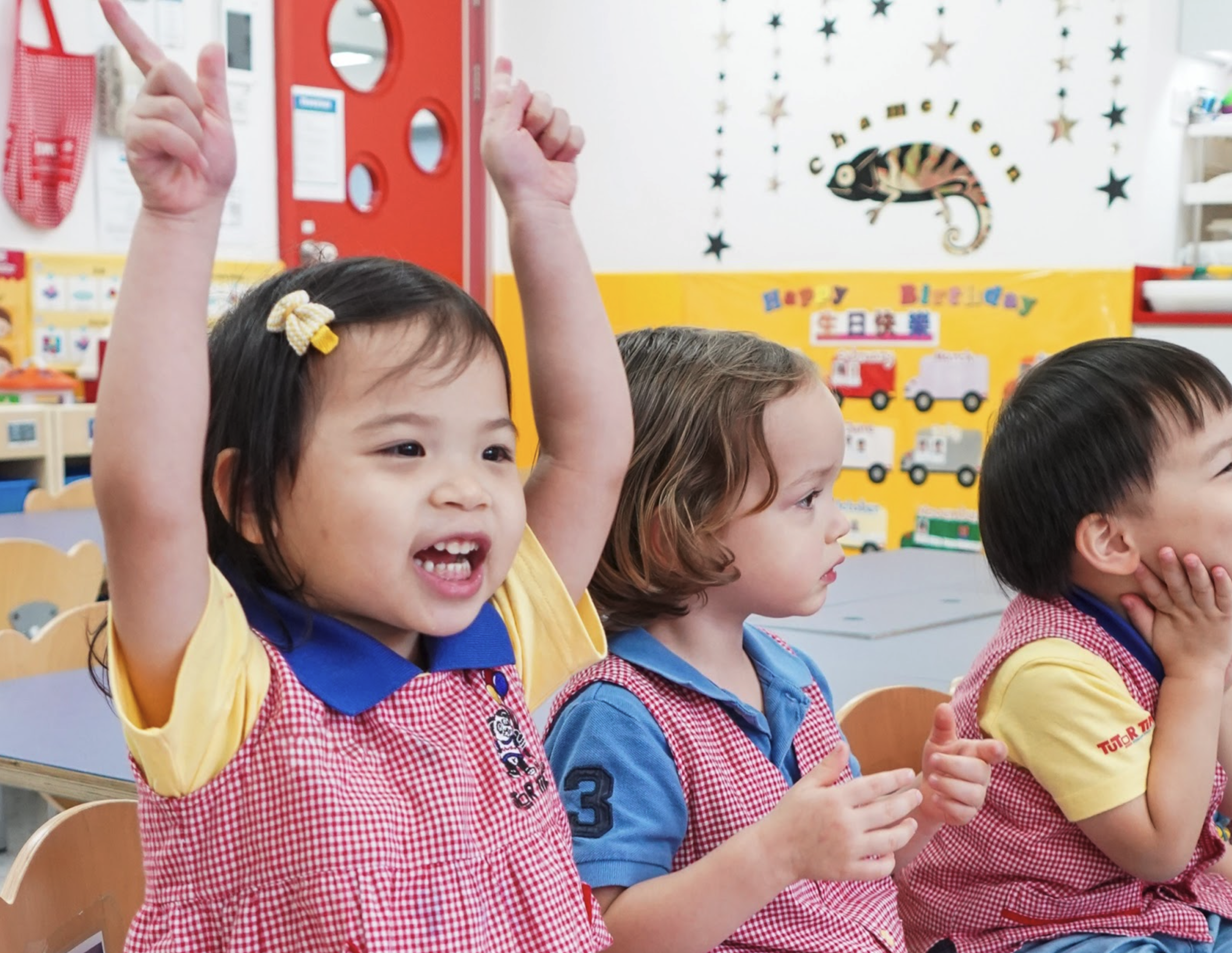
All-rounded learning & development
On top of academics, we place equal emphasis on helping students develop important 21st century skills such as reasoning, communication, negotiation, collaboration, and empathy.
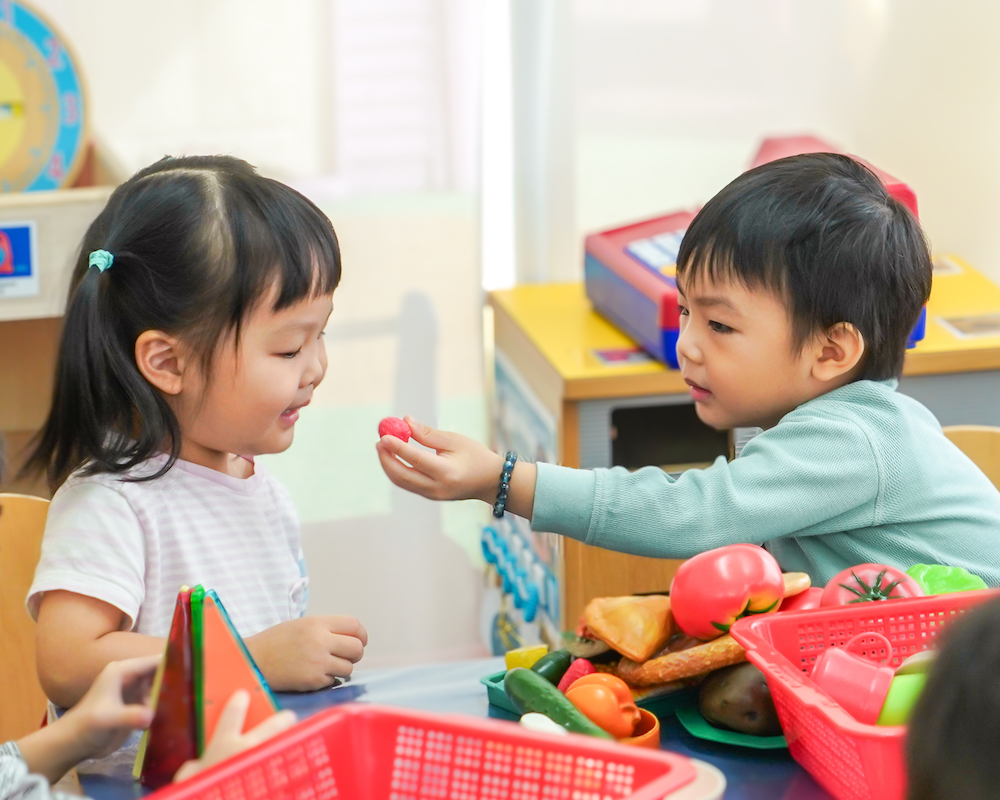
S.T.E.A.M. learning
S.T.E.A.M lessons are built into our curriculum beginning in Kindergarten to promote teamwork, an interest in the sciences, and opportunities for hands-on project-based learning.
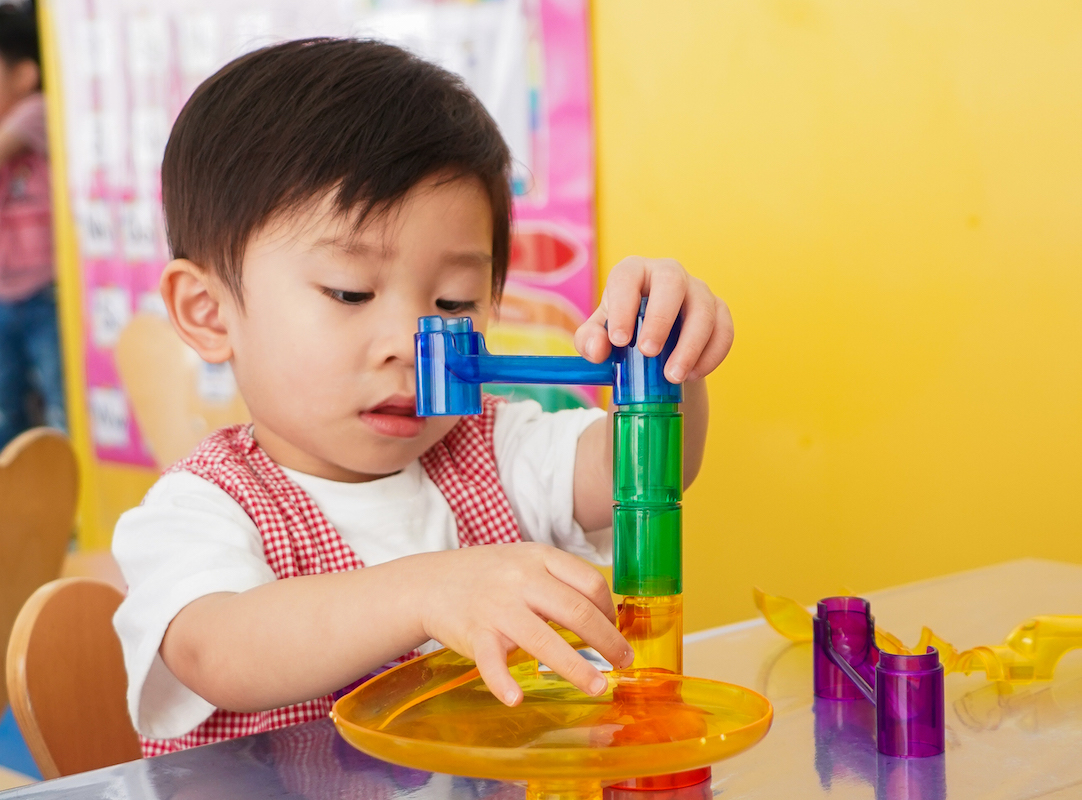
Our Programs
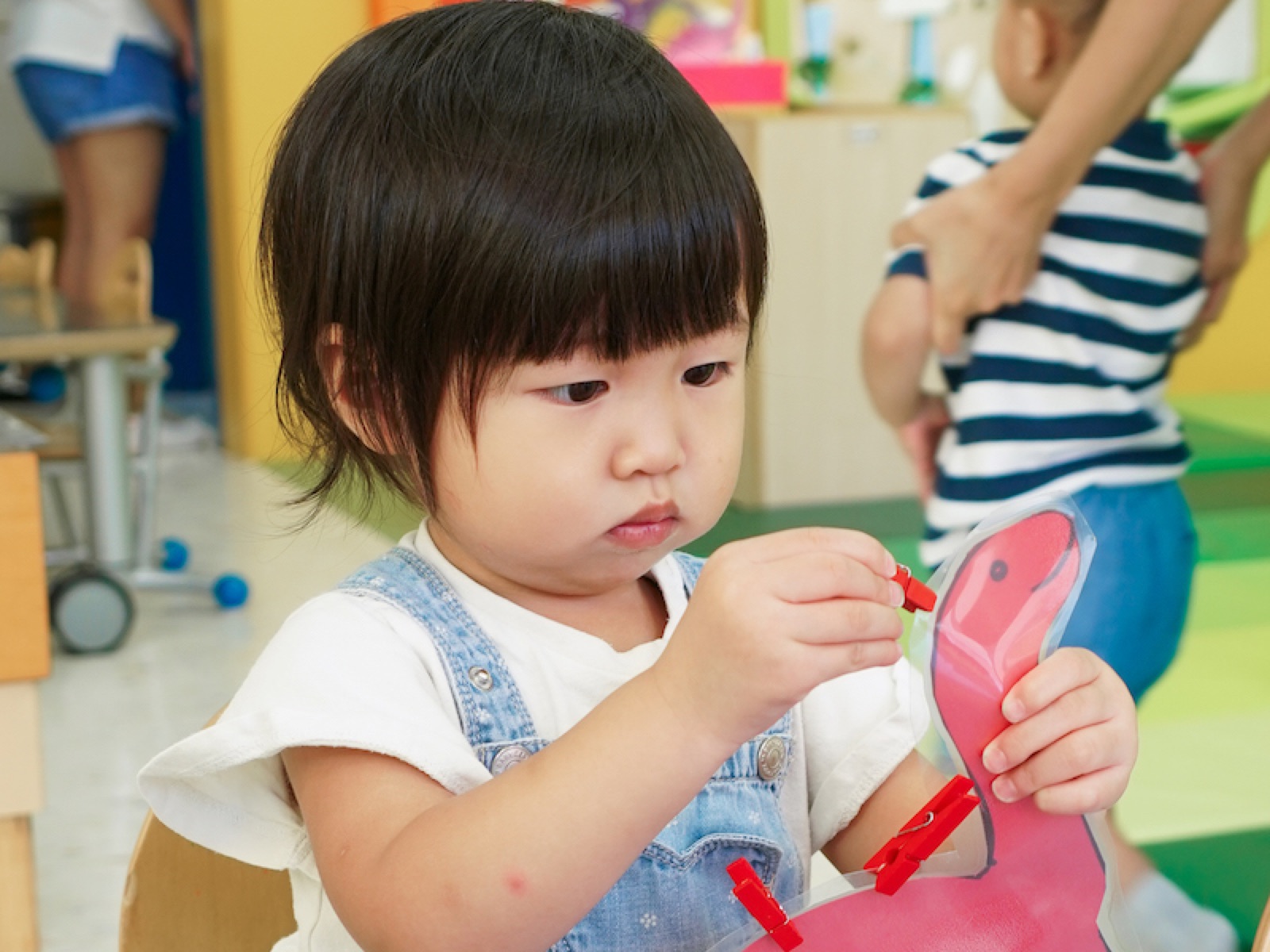
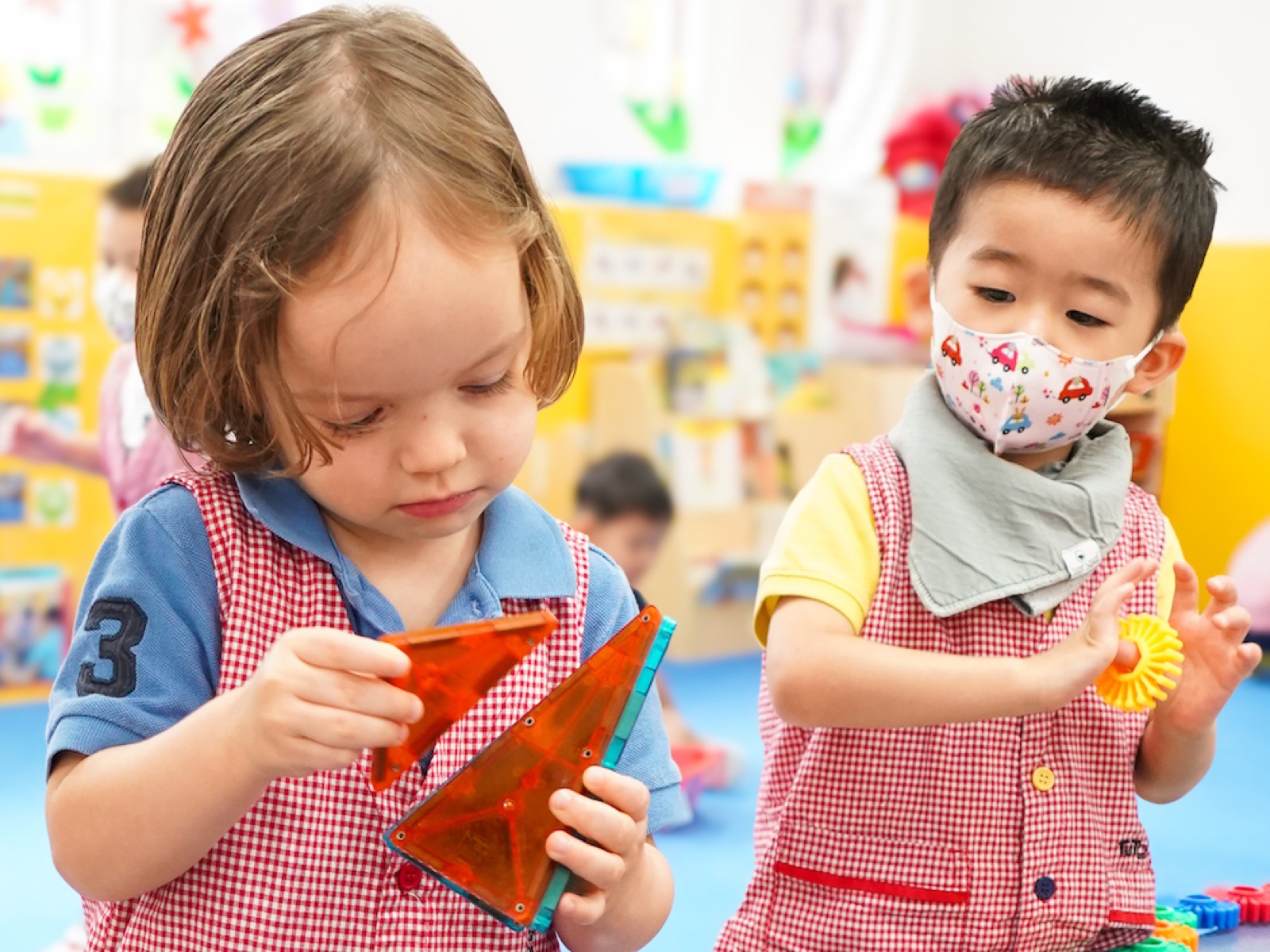
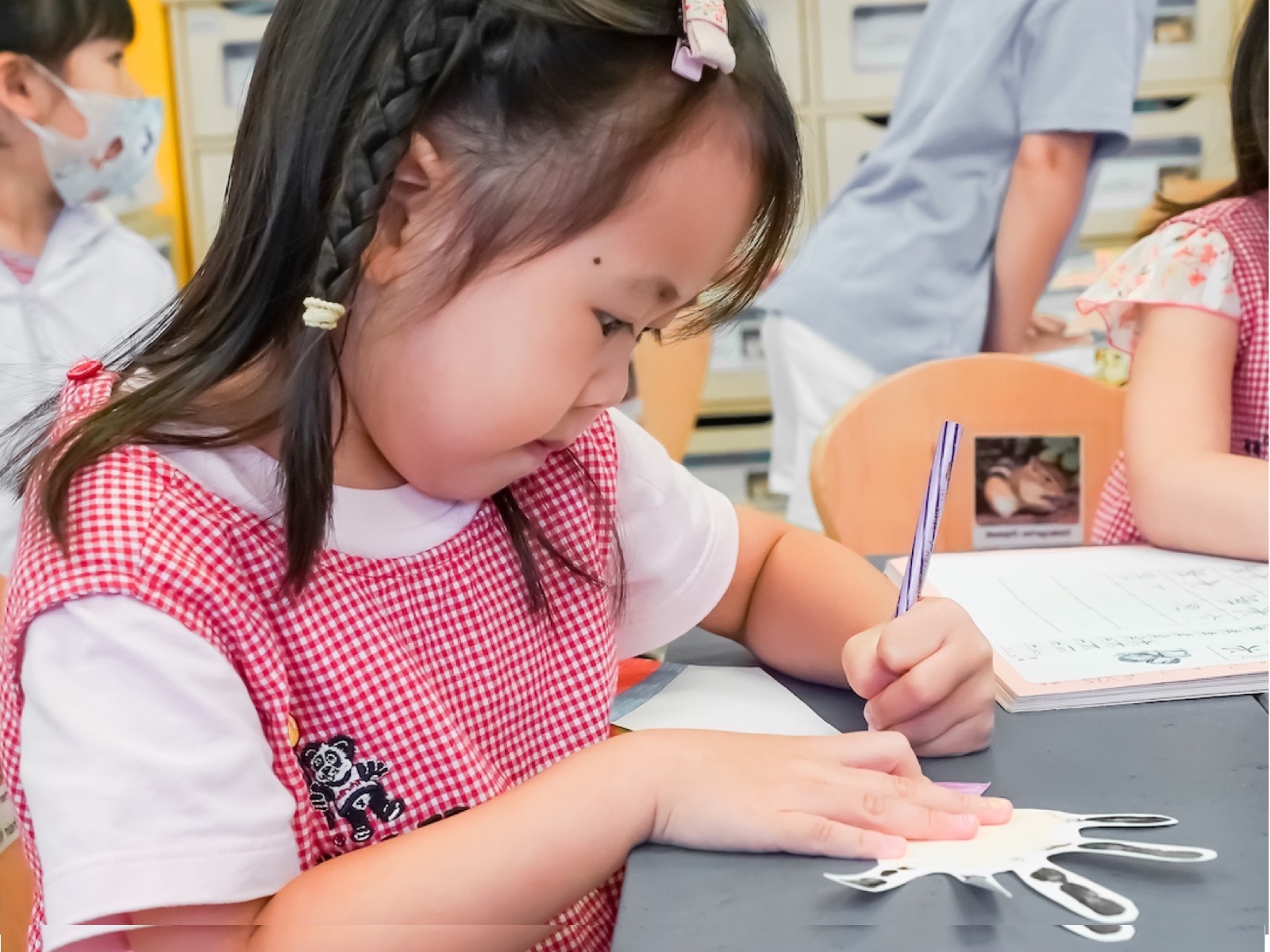
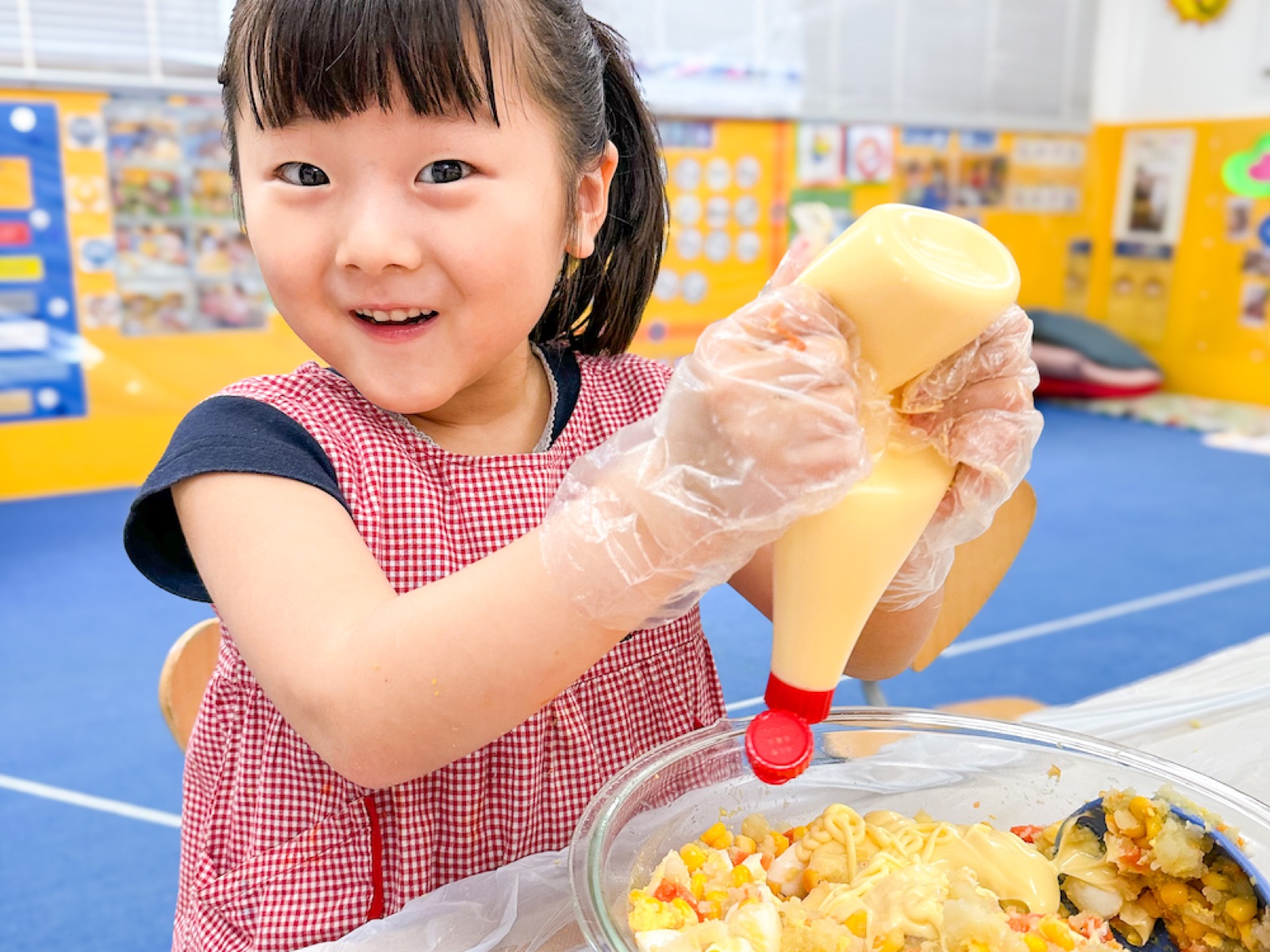
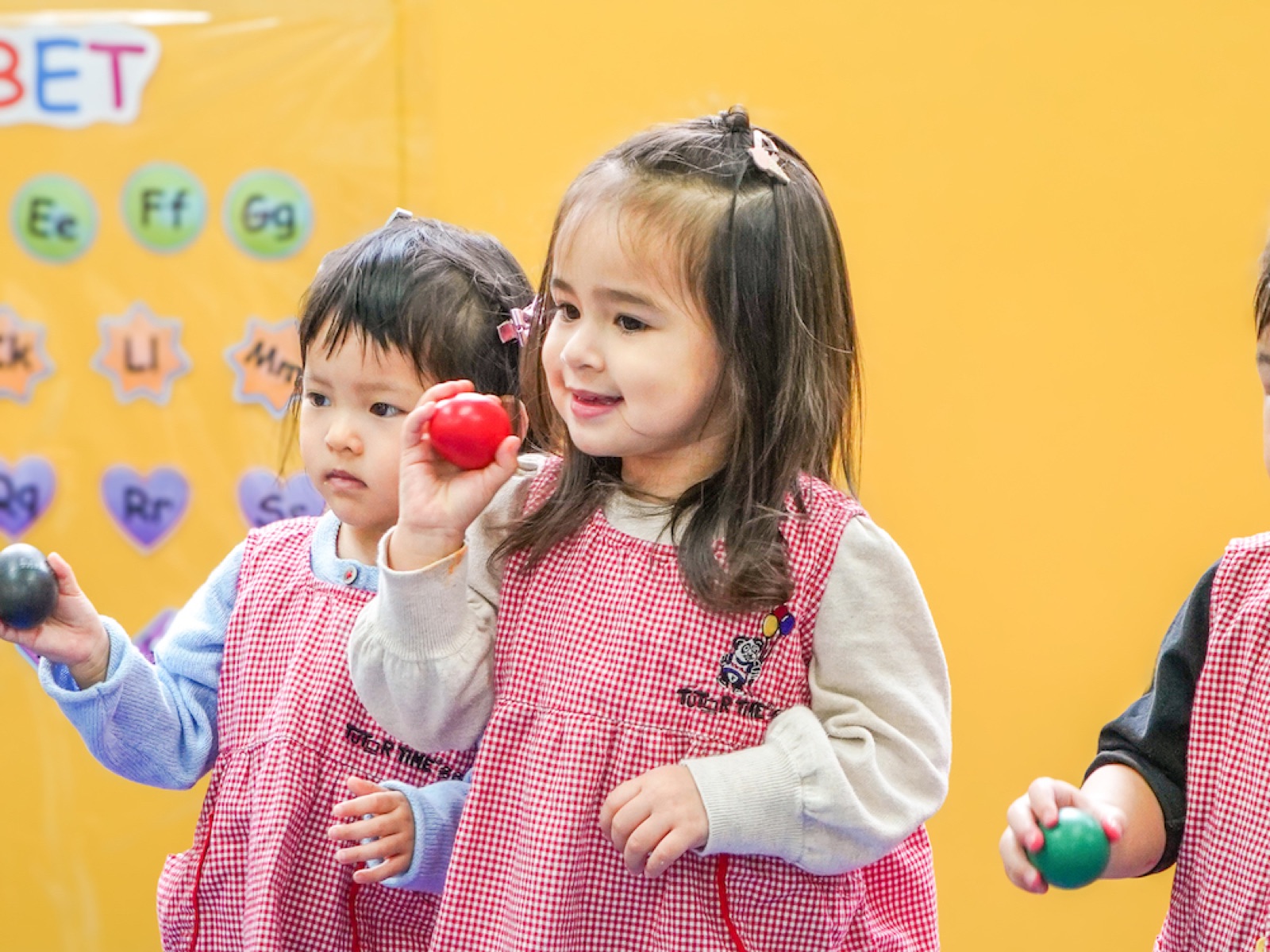
Our International Kindergartens
Tutor Time has 4 international preschool campuses around Hong Kong, and offers playgroup, nursery and kindergarten programs in North Point (Braemar Hill), Mid-Levels, Yuen Long YOHO & Kowloon Tong Dorset Crescent. Our award winning campuses offer stunning classrooms and playgrounds for children to unleash their creativity and potential. Schedule a school visit at one of our international preschool campuses to experience it first-hand!


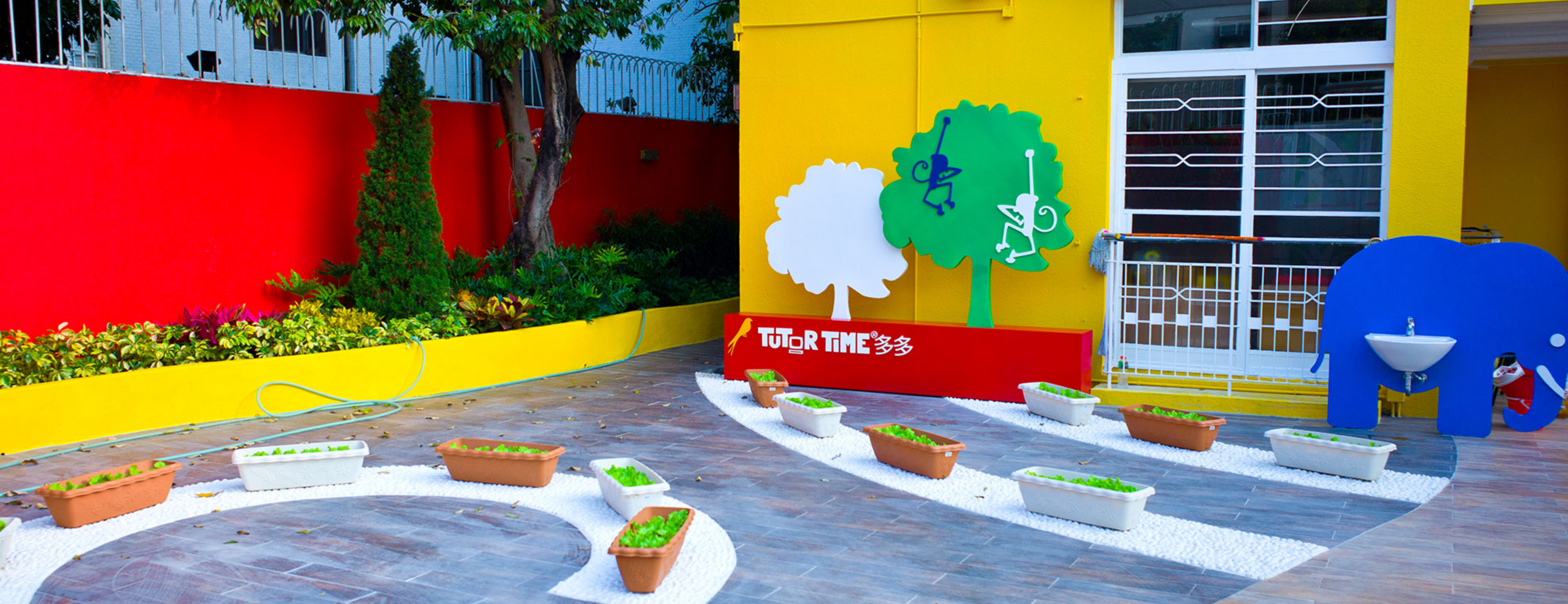

Parent Reviews
My daughter is 5 years old , she is studying in the Kowloon Tong Dorset Campus. From school to now, the principle Ms Jenifer and the administrator Ms Christie have given my family a lot of help. The teachers in this school are not only very nice and friendly to the kids, but also they are full of teaching experience. Such as MS June has worked there for nearly 20 years, and Mr Andres has worked here for more than 8 years. The class teacher MS Shadow is full of love and humorous, she always made my daughter laugh. Ms NiKi, Ms Ann, Ms Jessica, Ms Wendy and so on, they are all very nice and warm-hearted. With the help of the great teachers, my daughter has made great progress both in English and Chinese. What’s more, my daughter also likes to share her happy school life with me at home. I can feel that she really loves her school and all her teachers. I feel very grateful to the school and all the teachers. ?

Sophia Cheng
My son joined Tutor Time when he was just 9m old at the Suffolk Campus. We had great time during his playgroup where he attended 1-2 times a week. The teaches were great and could really focus on every single student in the class. I was very happy with the service and quality and decided to continue with the Nursery level!
Now he is at K1 and loves this school so much. All the teachers knows the names of the students, which gives you a confident feeling your kid is in a safe environment.
Now my daughter also joined the Tutor Time family this year and enjoying it as much as my son.
Would always recommend this place!
Ljuba

Ljuba Sossnowski
From playgroup to nursery to kindergarten, we are glad that we have choosing Tutor time YOHO.
Our son, Anthony is taken care by a group of caring and passionate teachers. No wonder why he is delighted when he sees his teachers in school or on the street. In long holidays, he shows his eagerness to be back to school by taking his school vest and bag occasionally. What a wonderful school life that he cannot miss.
As parents, we feel comfortable to put our kid at Tutor Time. The school is continuously in contact with us. We receive weekly school news and our son’s detailed learning progress reports.
If we are asked to recommend a kindergarten to our friends, we will surely say Tutor Time YOHO.

Sophia Wong
We are French, leaving in Hong Kong for more than 10 years. Our son is for his 2nd year at Tutor Time Braemar Hill Campus. We highly recommend the campus as we are convinced that Tutor Time is the perfect Kindergarten for him.
First of all it’s key for us that Tutor Time is half in Mandarin and half in English. Braemar Hill Campus is a safe and spacious school with colorful outdoor and indoor playgrounds filled with plenty wonderful toys (cars, huge trampoline…). What a delight to see our son with a smile on his face while entering Tutor Time school bus everyday! Tutor Time is a place where young children learn with happiness how to be good little human.
Thank you Tutor Time for the frequent events where parents, classmates and teachers have fun together. Warm thank you to the wonderful teachers, Mr Tayler, Mrs Wendy and Mrs Patty and Tutor Time nice staff members. Our 2nd son will definitely join Tutor Time!

Heloise Mucha
My daughter started to go to Playgroup at Suffolk campus from 1 yr and she is now in Dorset Nursery class.
Tutor time is a very good school with spacious and bright classrooms, well equipped facility and playgrounds. Most importantly, the teachers are very patient and caring for children.
My daughter has so much fun at school that she murmurs to go to school at night and weekends. This is the type of school we want!

Ariel Bai
Our eldest daughter Gwyn has been attending Tutor Time in Yoho since playgroup when she was eight months old. Our younger daughter Eva has recently started the playgroup and following in her elder sister’s footsteps. The difference we see in our children’s development is very impressive and obvious once they start attending Tutor Time.
Gwyn has continued to move up into the full nursery class now and continues to impress us with what she has learned at school. The teachers and teaching assistants have incredible patience and are very kind at heart towards Gwyn and Eva. Both my girls look forward to going to school and all the staff are so friendly and welcome our daughters everytime they step foot into the school. Any issues we ever had the staff helped us to resolve or gave us very good advice.
I have and would continue to recommend Tutor Time Yoho to any parent who wants their child to learn in a happy and explorative way.

Colin Ma
Inquire Now
We’re always happy to talk about our schools and answer any questions. Please complete this form and we’ll be in touch soon. Thank you.

Parenting Resources
How to create portfolio for primary school application: tips and examples
A comprehensive guide to pre-primary education in Hong Kong
Local vs International Schools - what’s the difference?
A preschool interview guide by Tutor Time International Nursery and Kindergarten
What are the different types of preschool curricula
Choosing the right preschool (and questions you MUST ask during a school tour)
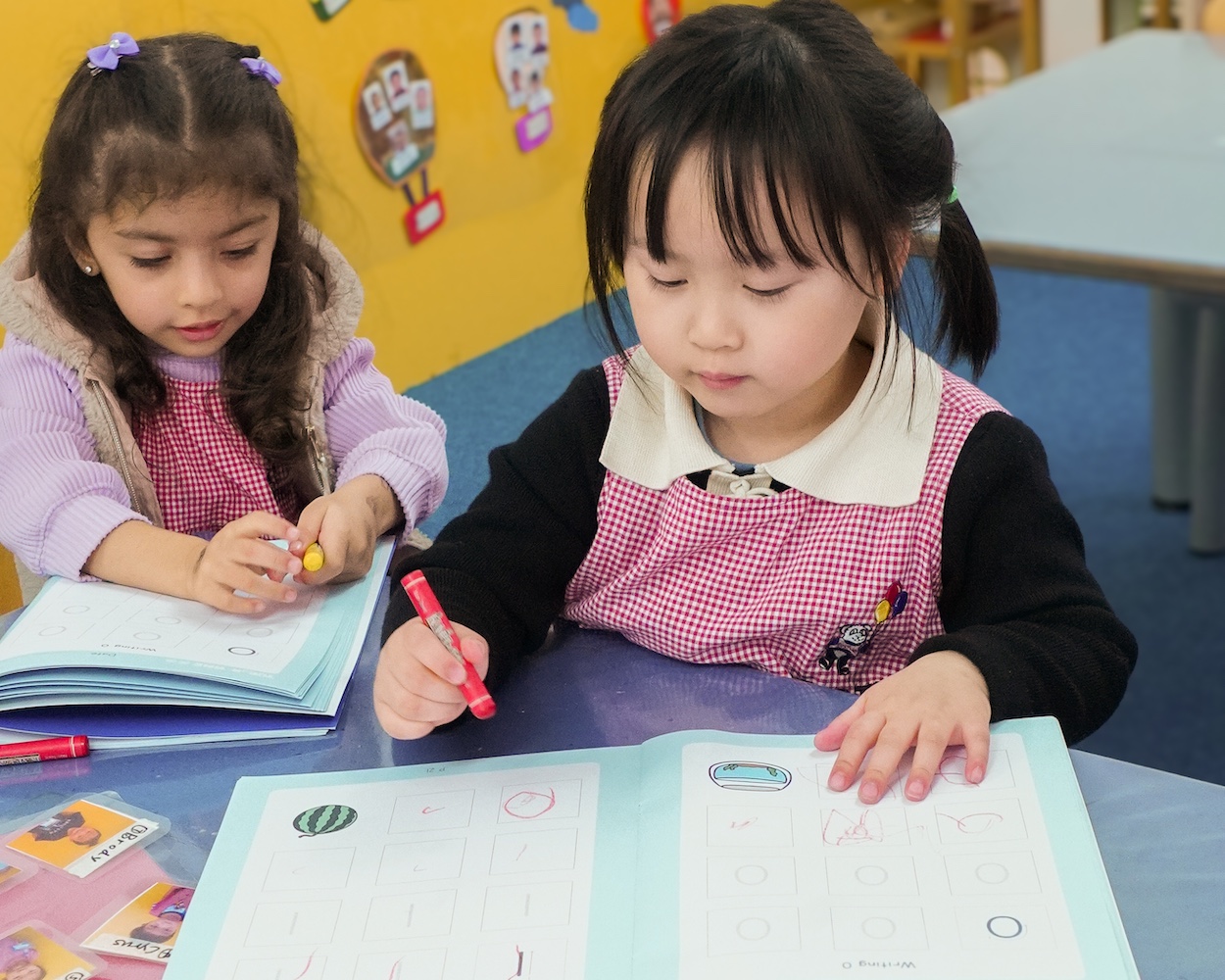
Sign up for FREE Weekly Lessons & Worksheets




